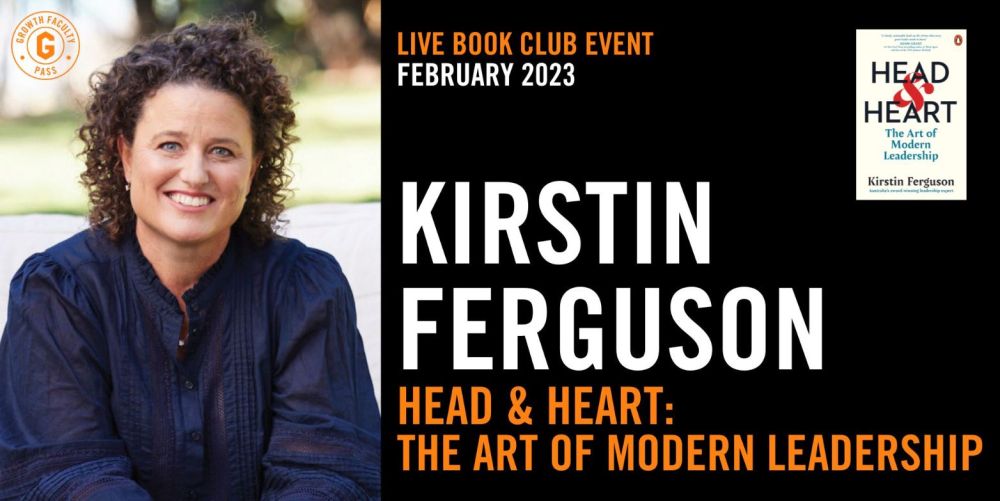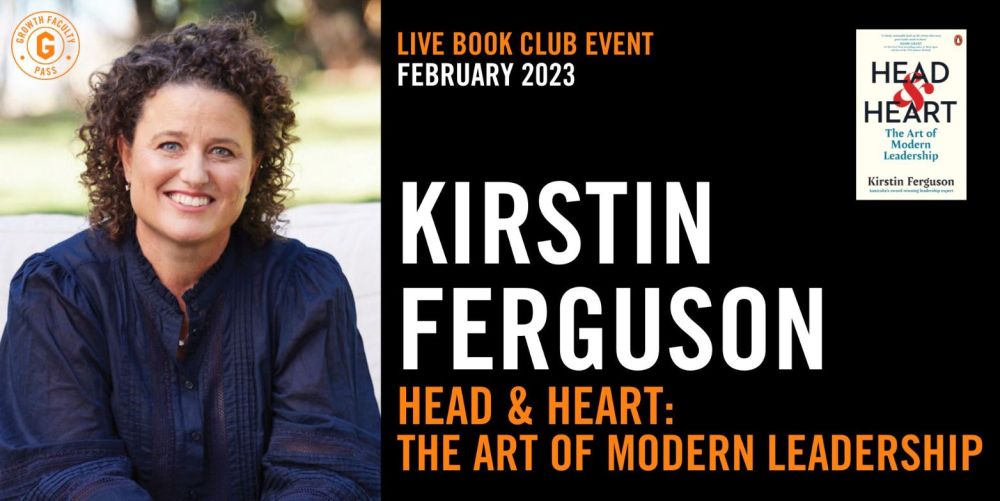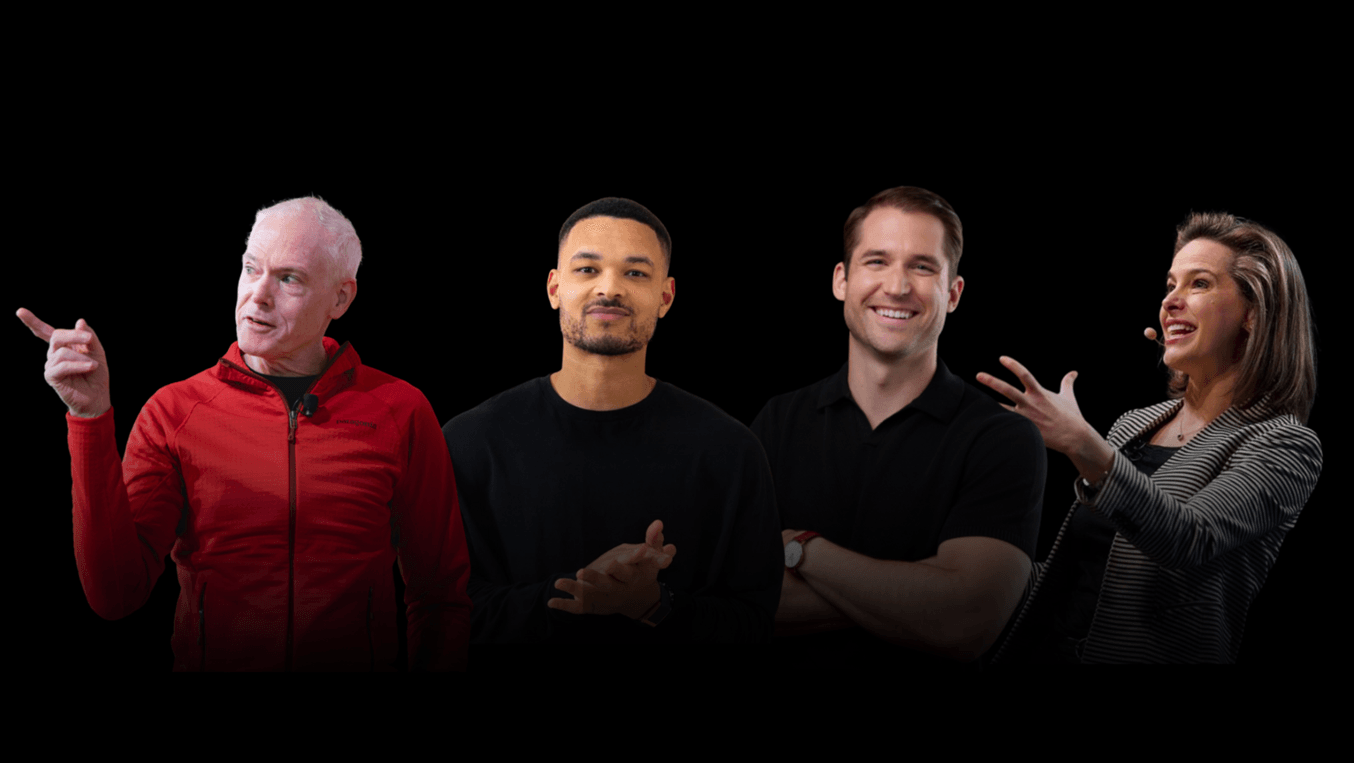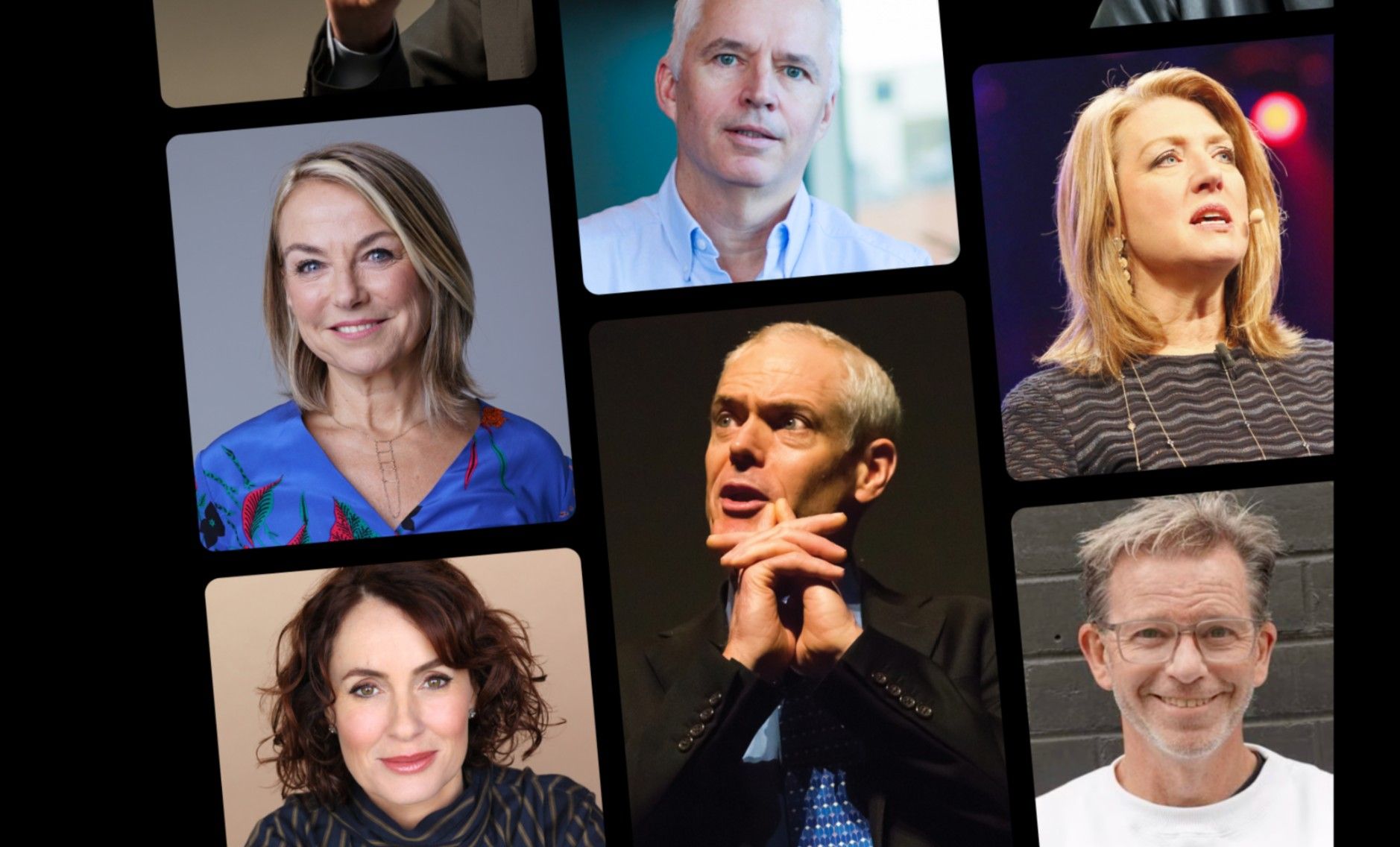What Does it Mean to Be a Modern Leader?
We look at the qualities and characteristics of a modern leader


Leadership
Upcoming Learning
Who's Up Next?We're continually sourcing the world's greatest minds for your business success, so subscribe today for event updates, business ideas, leadership tips and tools for growth.
Related Articles


